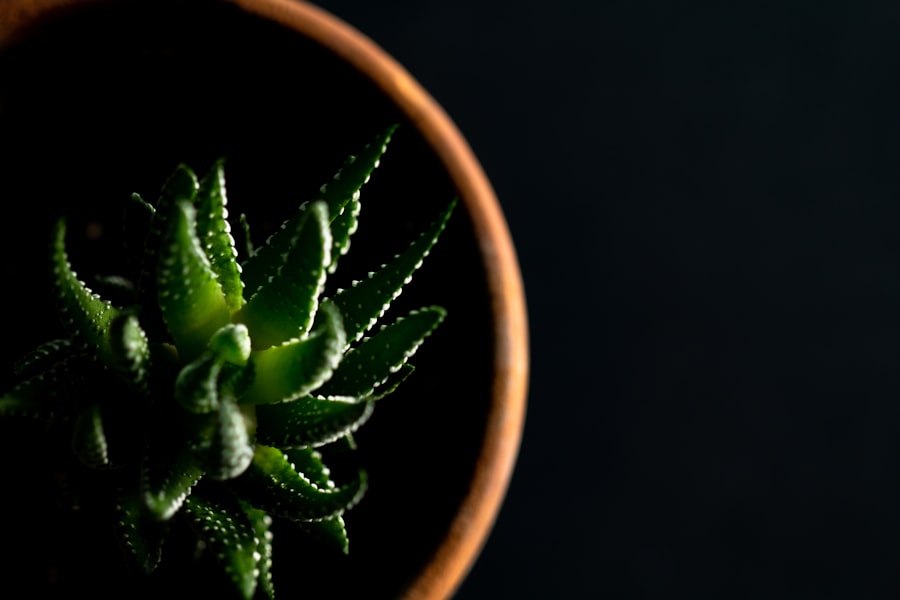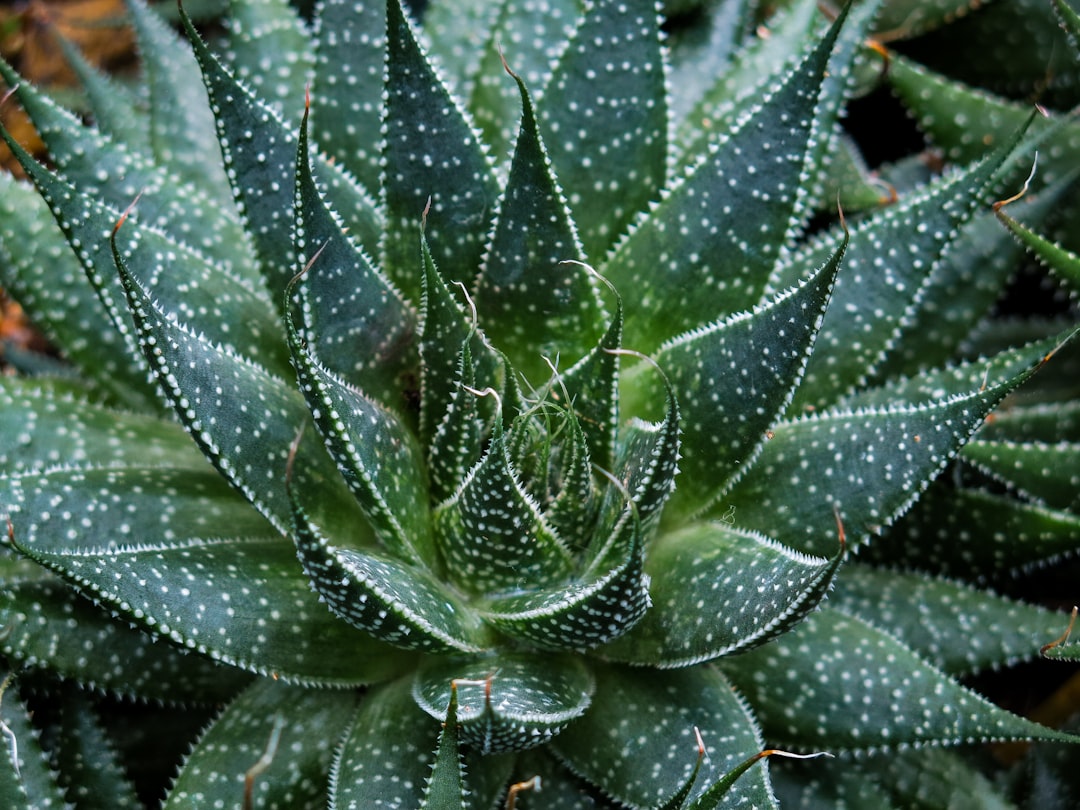After undergoing a dermatological procedure, whether it be a chemical peel, laser treatment, or any other skin intervention, understanding the aftercare process is crucial for achieving optimal results. You may find yourself overwhelmed with information, but taking the time to familiarize yourself with the necessary steps can significantly enhance your recovery experience. The aftercare process is designed to promote healing, minimize complications, and ensure that your skin responds positively to the treatment you received.
In the days following your procedure, your skin will likely be sensitive and may exhibit signs of redness or swelling. This is a normal part of the healing process, and knowing what to expect can help you manage your anxiety. You should follow the specific aftercare instructions provided by your dermatologist, as they are tailored to your individual needs.
This may include guidelines on cleansing, moisturizing, and protecting your skin. By adhering to these recommendations, you can create an environment conducive to healing and ultimately achieve the best possible outcome.
Key Takeaways
- Aftercare process is crucial for proper healing and maintenance of skin health after dermatological procedures.
- Managing discomfort and pain is important for a smooth recovery process.
- Protecting the skin from sun exposure is essential to prevent damage and maintain results.
- Avoiding irritants and harsh chemicals can help prevent complications and promote healing.
- Moisturizing and hydrating the skin is key for maintaining skin health and promoting healing.
Managing Discomfort and Pain
Experiencing discomfort or pain after a dermatological procedure is not uncommon, and knowing how to manage these sensations can make a significant difference in your recovery. You might feel a range of sensations, from mild irritation to more pronounced pain, depending on the type of treatment you underwent. It’s essential to listen to your body and take proactive steps to alleviate any discomfort you may experience.
Over-the-counter pain relievers, such as ibuprofen or acetaminophen, can be effective in managing mild pain. However, it’s important to consult with your dermatologist before taking any medication to ensure it won’t interfere with your healing process. Additionally, applying a cold compress to the affected area can provide immediate relief from swelling and discomfort.
Remember to wrap ice in a cloth rather than applying it directly to your skin to avoid further irritation. By taking these measures, you can help ease your discomfort and focus on healing.
Protecting the Skin from Sun Exposure

One of the most critical aspects of aftercare is protecting your skin from sun exposure. After a dermatological procedure, your skin is particularly vulnerable to damage from UV rays. You may be tempted to bask in the sun or skip sunscreen application, but doing so can lead to complications such as hyperpigmentation or prolonged healing times.
It’s essential to prioritize sun protection during this sensitive period. You should consider wearing a broad-spectrum sunscreen with an SPF of at least 30 every day, even on cloudy days. Reapplying sunscreen every two hours is crucial, especially if you are spending time outdoors.
Additionally, wearing protective clothing, such as wide-brimmed hats and long sleeves, can provide an extra layer of defense against harmful rays. By taking these precautions, you can safeguard your skin and promote a smoother recovery process.
Avoiding Irritants and Harsh Chemicals
| Product | Chemical Irritants | Harsh Chemicals |
|---|---|---|
| Shampoo | Parabens, Sulfates | Artificial Fragrances, Dyes |
| Skincare Cream | Alcohol, Synthetic Preservatives | Phthalates, Formaldehyde |
| Cleaning Spray | Ammonia, Chlorine | Triclosan, Sodium Hydroxide |
In the aftermath of a dermatological procedure, your skin may be more susceptible to irritants and harsh chemicals. It’s vital to avoid products that could exacerbate sensitivity or cause adverse reactions. You might be tempted to use your usual skincare products, but it’s wise to reassess your routine during this healing phase.
Opting for gentle, fragrance-free products can help minimize irritation and support your skin’s recovery. When selecting skincare items, look for those labeled as hypoallergenic or formulated for sensitive skin. Avoid exfoliants, retinoids, and any products containing alcohol or strong fragrances for at least a few weeks post-procedure.
Instead, focus on soothing ingredients like aloe vera or chamomile that can help calm inflammation. By being mindful of what you apply to your skin, you can create a nurturing environment that promotes healing and reduces the risk of complications.
Moisturizing and Hydrating the Skin
Keeping your skin moisturized and hydrated is another essential component of aftercare. After a dermatological procedure, your skin may feel dry or tight due to the healing process. Proper hydration not only helps alleviate discomfort but also supports the skin’s natural barrier function.
You should incorporate a gentle moisturizer into your daily routine to keep your skin supple and nourished. Look for moisturizers that contain ingredients like hyaluronic acid or glycerin, which are known for their hydrating properties. Applying moisturizer regularly can help lock in moisture and prevent dryness that could hinder healing.
Additionally, consider using a humidifier in your living space to maintain optimal humidity levels, especially during dry seasons. By prioritizing hydration, you can enhance your skin’s resilience and promote a smoother recovery.
Watching for Signs of Infection

Recognizing the Signs of Infection
You should monitor the treated area for increased redness, swelling, warmth, or discharge that appears unusual. If you notice any of these signs, it’s essential to contact your dermatologist immediately.
The Importance of Early Detection
Infections can complicate the healing process and may require medical intervention. Early detection is key; therefore, don’t hesitate to reach out if something feels off.
Proactive Recovery
Your dermatologist can provide guidance on how to manage any concerns and ensure that your recovery remains on track. By staying informed and proactive about potential complications, you can contribute positively to your overall healing experience.
Following Up with the Dermatologist
Following up with your dermatologist is an integral part of the aftercare process that should not be overlooked. These appointments allow your healthcare provider to assess how well you are healing and address any concerns you may have. You should schedule follow-up visits as recommended by your dermatologist to ensure that everything is progressing as expected.
During these appointments, be open about any discomfort or changes you’ve experienced since the procedure. Your dermatologist can provide valuable insights into what is normal during recovery and what may require further attention. Additionally, they may offer recommendations for ongoing care or adjustments to your skincare routine based on how your skin is responding.
By maintaining open communication with your dermatologist, you can foster a collaborative approach to your skincare journey.
Long-Term Maintenance and Care
Once you have successfully navigated the initial aftercare process, it’s essential to consider long-term maintenance and care for your skin. The results of dermatological procedures can be enhanced through consistent skincare practices that promote overall skin health. You should develop a routine that includes cleansing, moisturizing, sun protection, and targeted treatments as needed.
Investing in quality skincare products tailored to your skin type can make a significant difference in maintaining results over time. Regularly incorporating antioxidants into your routine can help combat free radical damage and promote a youthful appearance. Additionally, consider scheduling periodic treatments with your dermatologist to address any emerging concerns or maintain the results of previous procedures.
By committing to long-term care, you can enjoy healthy, radiant skin for years to come. In conclusion, understanding the aftercare process following a dermatological procedure is vital for achieving optimal results and ensuring a smooth recovery. By managing discomfort effectively, protecting your skin from sun exposure, avoiding irritants, moisturizing diligently, watching for signs of infection, following up with your dermatologist, and committing to long-term maintenance care, you set yourself up for success in your skincare journey.
Your skin deserves the best care possible; by prioritizing these steps, you can enjoy healthy and vibrant skin long after your procedure has concluded.
For more information on post laser hair removal care and recovery, check out this helpful article on how to customize your skincare routine to best suit your needs here. This article provides valuable tips on how to properly care for your skin after undergoing laser hair removal treatment. It is important to follow a personalized skincare routine to ensure optimal results and minimize any potential side effects.
FAQs
What is post laser hair removal care and recovery?
Post laser hair removal care and recovery refers to the steps and precautions that need to be taken after undergoing a laser hair removal treatment. This includes managing any discomfort, protecting the skin, and ensuring proper healing.
How long does it take to recover from laser hair removal?
Recovery time from laser hair removal varies from person to person, but most individuals experience redness and swelling for a few hours to a few days after the treatment. Full recovery typically takes about 7-14 days.
What are the common side effects of laser hair removal?
Common side effects of laser hair removal include redness, swelling, and mild discomfort in the treated area. Some individuals may also experience temporary changes in skin pigmentation or blistering.
How can I care for my skin after laser hair removal?
After laser hair removal, it is important to keep the treated area clean and moisturized. Avoid sun exposure and use sunscreen to protect the skin. It is also recommended to avoid hot showers, saunas, and strenuous exercise for a few days.
Can I shave or wax after laser hair removal?
It is recommended to avoid shaving or waxing the treated area for at least 7-10 days after laser hair removal. This allows the skin to heal properly and reduces the risk of irritation or complications.
When can I expect to see results after laser hair removal?
Most individuals will start to see a reduction in hair growth within 2-3 weeks after their first laser hair removal treatment. However, multiple sessions are usually required to achieve optimal results.






